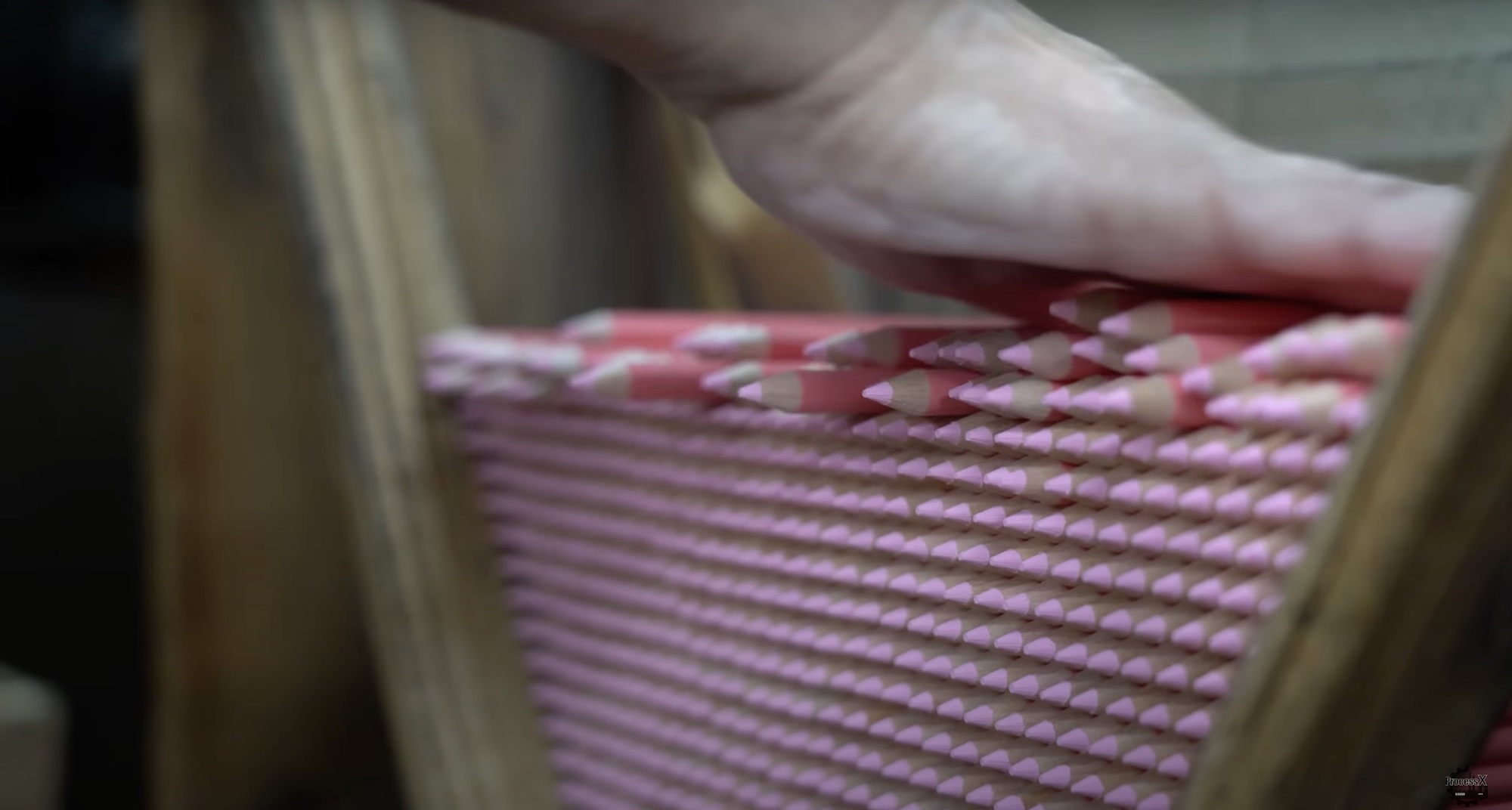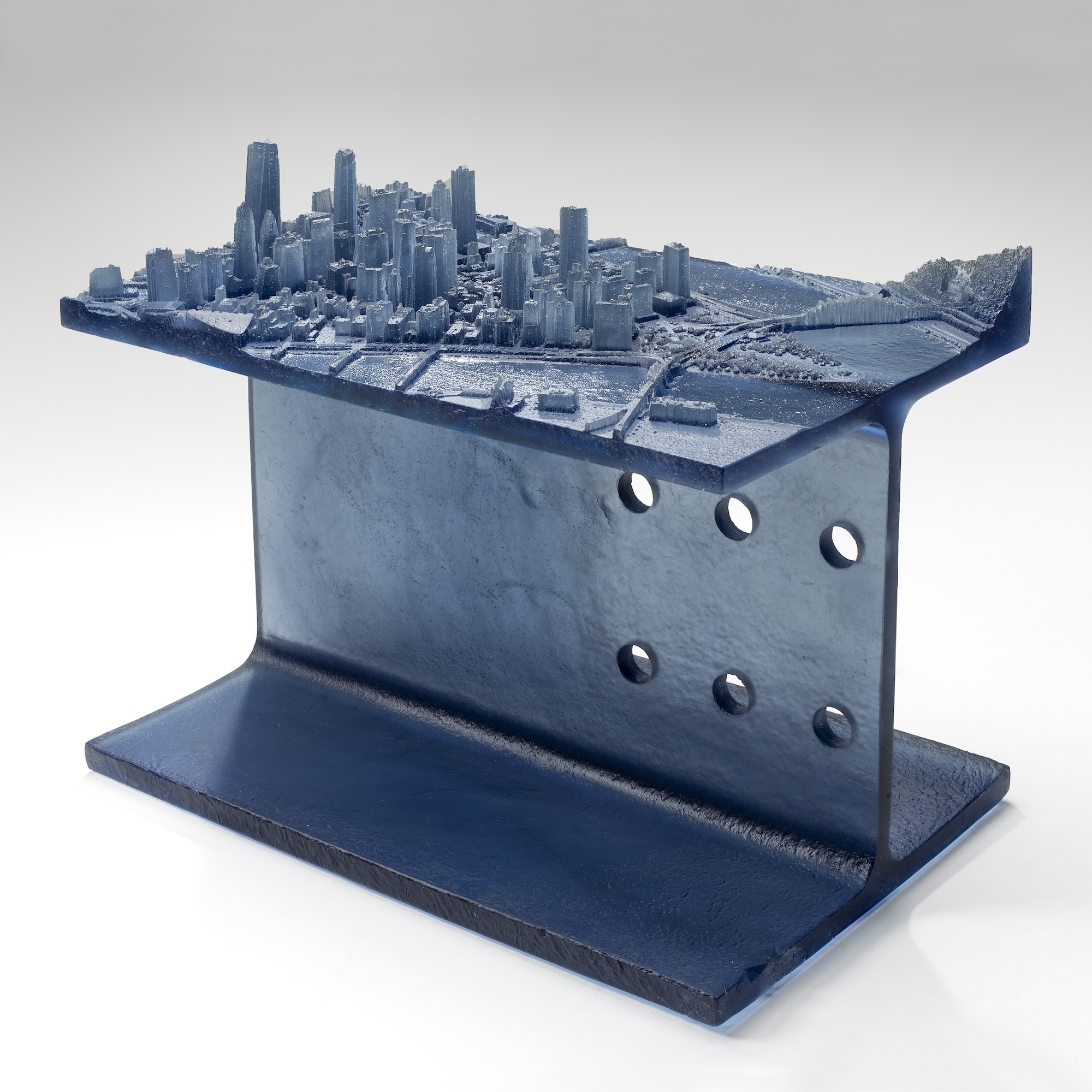All photos courtesy of the Italian Ministry of Culture / AFP Photo
In mid-December, the Italian Ministry of Culture released news of a remarkable find in the heart of Rome at the Archaeological Park of the Colosseum. Along with the Colosseum itself, the area consists of the incredible Roman Forum, an aristocratic residential area on the Palatine hill, and Emperor Nero’s splendid Domus Aurea, built in the first century C.E.
A couple of centuries before that, though, in the late Republican era, a luxurious townhouse in the neighborhood had been laden with designs made from shells, glass, white marble, and Egyptian blue tiles. A large “rustic” mosaic dating to the last decades of the 2nd century B.C.E.—a little over 2,100 years ago—was likely inspired by the decorative styles of Near East monarchies.
At the time, mosaics like this one represented a preoccupation with luxury and wealth that traditionalists eyed with suspicion. Among other disagreements, debates between political factions escalated to full-out civil war within a few decades, and the Roman Republic was over by the mid-1st century B.C.E.
Detail of two ship prows crossing in front of a trident
The owner of this resplendent villa, who may have been of senatorial rank, intentionally communicated his affluence and prestige. Archaeologists discovered the structure, known as a domus, during a survey of the ancient Vicus Tuscus, a busy commercial route that linked the Roman Forum to a port on the Tiber. The house contains a number of terraced levels and includes a large banquet room, where the extraordinary mosaic was found covering one entire wall.
Comprising the background are four domed aedicules, or shrines, defined by columns and detailed with flowers. Piles of weapons, tridents, carnyces—a Celtic style of war helmet often shaped like a boar’s head—and low, flat ships known as triremes sporting massive banks of oars suggest that the owner of the home may have been victorious in battle.
The mosaic walls were initially discovered in 2018, but excavations are expected to continue into this year. The park’s director Alfonsina Russo says that once the domus is fully uncovered, the team “will work intensely to make this place, among the most evocative of ancient Rome, accessible to the public as soon as possible.” (via The History Blog)
A column in between two depictions of aedicules, or shrines
Detail from the top of a column
Detail of a carnyx, a Celtic war horn that usually portrays a boar’s head
Do stories and artists like this matter to you? Become a Colossal Member today and support independent arts publishing for as little as $5 per month. The article Archaeologists Discover an Extraordinary 2,100-Year-Old Mosaic Near the Colosseum appeared first on Colossal.


